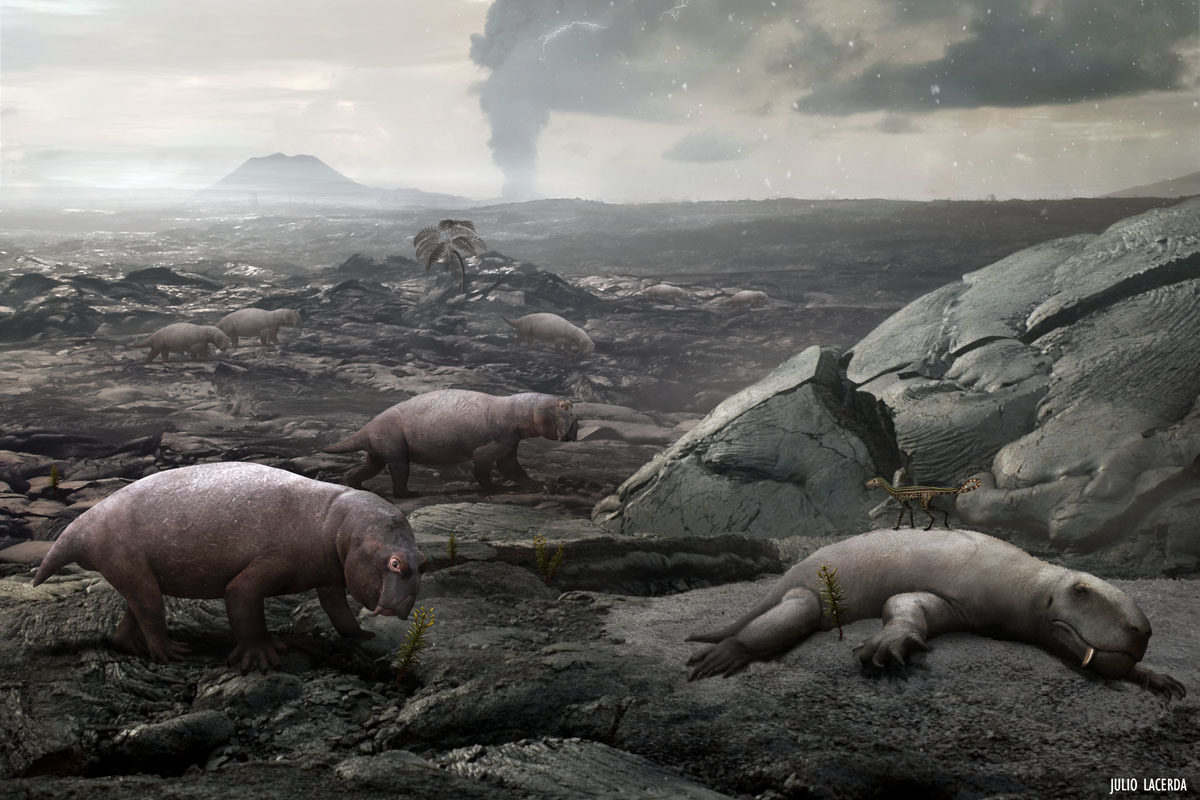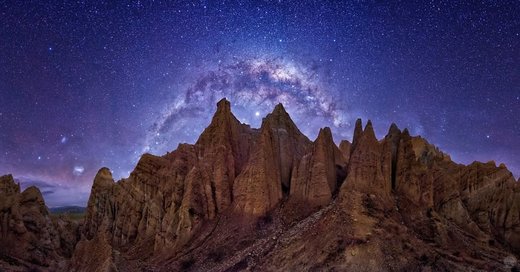Årsagen til afslutningen af masseudslettelsen i Permtiden, den største udfordring livet på Jorden har været udsat for i geologisk historie. Den mest betydningsfulde markør for denne hændelse, er det negative δ13C skifte [ændring i koncentrationen af kulstof 13] og dens genkomst som noteret i de optagede i karbonater [karbonater indholder CO3, hvor C er grundstoffet carbon/kulstof og O er oxygen/ilt] i havet, som varede mellem 2000 og 19000 år afhængig af lokaliteten og sedimenteringsraten. Det som ledte til denne hændelse, var siberiske vulkaner, deres udsendelse af drivhusgasser og den efterfølgende globale opvarmning. Målinger af gasserne indespærret i kalcitter fra brachiopoder ved slutningen af Permian og hele klipper, viser forskelle i de normale atmosfæriske ligvægtskoncentrationer i mængden af drivhusgasser i nutidens havvand og vandet fra slutningen af Permtiden.
Kommentar: Delvist oversat af Sott.net fra Methane hydrate - the great killer responsible for Earth's biggest mass extinction
The gas composition of the end Permian brachiopod-inclusions reflects dramatically higher seawater carbon dioxide and methane contents leading up to the biotic event. Initial global warming of 8-11 °C sourced by isotopically light carbon dioxide from volcanic emissions triggered the release of isotopically lighter methane from permafrost and shelf sediment methane hydrates. Consequently, the huge quantities of methane emitted into the atmosphere and the oceans accelerated global warming and marked the negative δ13C spike observed in marine carbonates, documenting the onset of the mass extinction period.
The rapidity of the methane hydrate emission lasting from several years to thousands of years was tempered by the equally rapid oxidation of the atmospheric and oceanic methane that gradually reduced its warming potential but not before global warming had reached levels lethal to most life on land and in the oceans. Based on measurements of gases trapped in biogenic and abiogenic calcite, the release of methane (of ∼3-14% of total C stored) from permafrost and shelf sediment methane hydrate is deemed the ultimate source and cause for the dramatic life-changing global warming (GMAT > 34 °C) and oceanic negative-carbon isotope excursion observed at the end Permian. Global warming triggered by the massive release of carbon dioxide may be catastrophic, but the release of methane from hydrate may be apocalyptic. The end Permian holds an important lesson for humanity regarding the issue it faces today with greenhouse gas emissions, global warming, and climate change.
Text




Kommentar: Looks like we're in for a wild ride: